SUMMARY
This is AI generated summarization, which may have errors. For context, always refer to the full article.
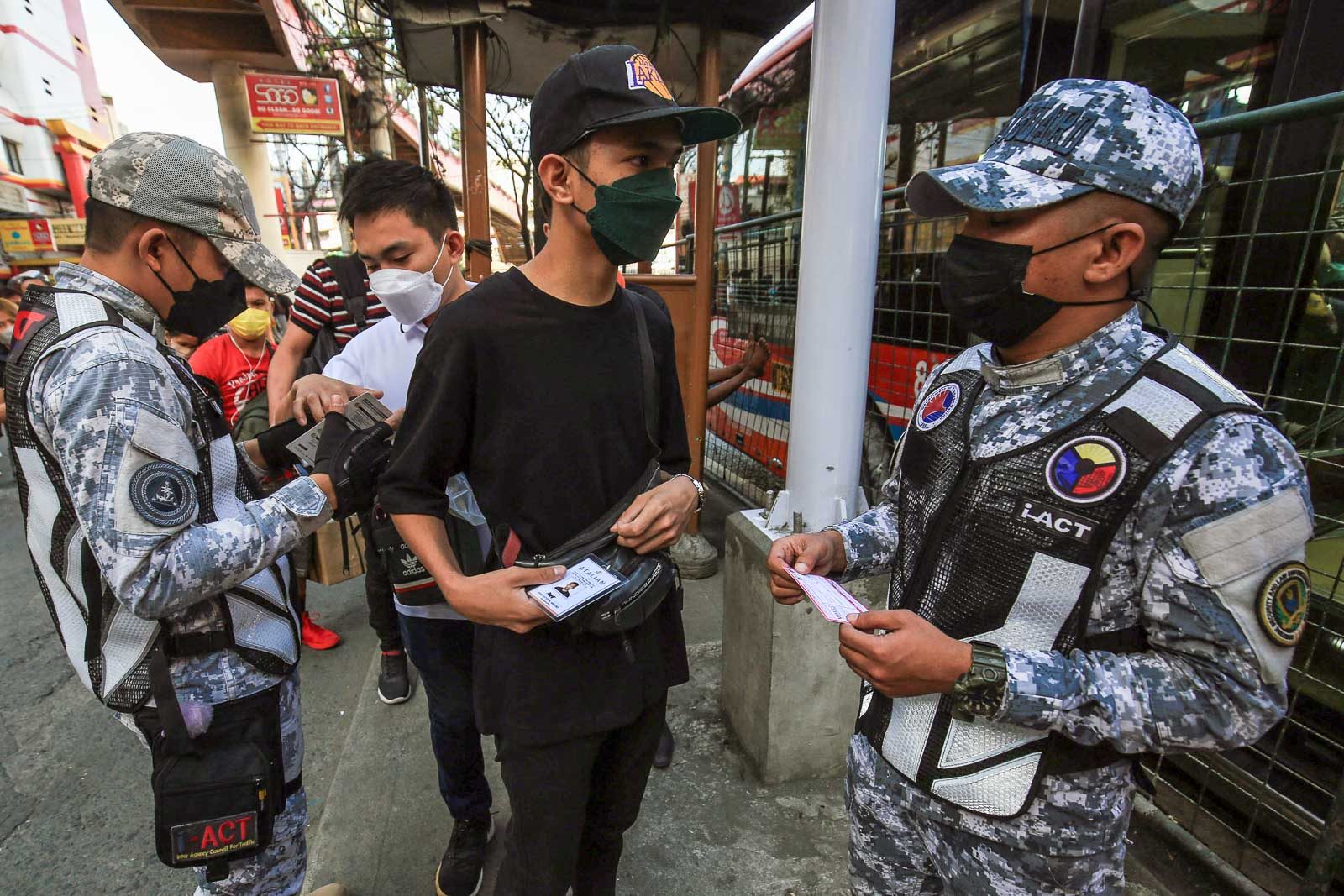
The Philippines continues to see a decrease in case numbers, with average new daily infections at about 15% of the country’s last peak on January 18. The last time the country saw these kinds of case numbers – with the average number of weekly cases at about 6,103 – was around October 2021.
In terms of areas to watch, health officials are looking closely at Soccsksargen, which is still at high-risk for COVID-19. On a national level, the country’s health system is at low-risk.
Here’s what we’re watching this week of February 13, 2022:
What endemicity looks like
Health officials are slowly painting the outlines of what an endemic state for COVID-19 might look like in the Philippines. It’s part of the groundwork to help Filipinos prepare for what life might look like once COVID-19 is less of an emergency that it is now – but it’s a state we’re still far from reaching, underscored health experts.
- According to the Department of Health (DOH), COVID-19 can be considered endemic once “cases are stable, predictable, the constant presence of virus is there, and there is equilibrium between immunity of population and transmission of the disease.”
- What it looks like for the virus: Endemic, the DOH said, doesn’t mean the virus is “safe,” less virulent, or can no longer bring about disruptive waves. Just look at dengue, tuberculosis, and measles – the diseases are endemic but still kill thousands.
- Under an endemic situation, government interventions may still be necessary, and health safeguards are still a part of daily life.
- We’re not at endemicity yet, Health Undersecretary Maria Rosario Vergeire said: “If we look at our state now, we don’t see these yet. First, we can’t call our cases stable…. Nothing is certain at this point. We don’t know when cases might go up yet [again], if a new variant will emerge, and if it will be more transmissible or severe.”
- Achieving an equilibrium between immunity and transmission is what is most important, Vergeire said.
- An endemic state will also assume that access to vaccines and other COVID-19 medicines are widely available.
- Talk of an “endemic” situation comes as economic officials continue to push for the need to usher in a “new normal.” But it also comes as countries around the world gradually shift toward similar states.
- Despite more and more countries shifting to this state, it’s important to note that rushing to open or dropping restrictions too soon in the Philippines can backfire.
- Countries like Denmark that have declared COVID-19 is no longer a societal threat have protected larger swaths of their population through vaccination, and they have determined – after consultations – what parameters would merit a return to restrictions. They also enjoy high levels of public trust in government.
- In terms of vaccination uptake, the Philippines is nowhere near the level of Denmark. Just some 54% of Filipinos have been fully vaccinated – far from Denmark’s 83%. Plus, nearly all seniors in Denmark have gotten the vaccine, compared to roughly 64% of elderly Filipinos.
- What is more likely in the meantime is ushering in some sort of transition from the emergency state we’re in now to one a little more like the “new” normal, until COVID-19 can be considered endemic.
- Messaging from public officials lays out the scenario where Alert Level 1 is considered as this “new” normal: no restrictions on capacity will be in place in indoor and outdoor setting, as well as transportation, while masking, physical distancing, and good ventilation will need to continue.
- “Since we still can’t declare that state of endemicity because of these uncertainties, we’re transitioning, we’re now preparing and transitioning so if and when that point comes, we’re ready,” Vergeire said.
- It’ll be a slow process filled with baby steps – like achieving wide vaccine uptake and compliance with the government’s safety seal standards. But, even then, it’s possible that this transition won’t be all smooth sailing.
- “There should still be the awareness that at anytime, we can return to surge situations at local levels because if there’s anything COVID has taught us, it’s that it is really quite tricky and we’ve had several instances where we thought cases would continue to drop, only to be surprised by a new variant and surge in cases,” said pediatric infectious disease and DOH advisor Dr. Anna Ong-Lim.
Some questions we’ll continue to look at: What counts as “high” vaccination rates for the government, and will boosters be considered toward this? What safety nets will be in place – and funded – for vulnerable groups like poor Filipinos in the event that a new variant throws off the timeline for reaching endemicity?
Life-saving trust
An analysis of pandemic preparedness in 177 countries and territories suggested that a key element behind how well a country fared against COVID-19 was, of all things, trust – both between people and in the government. The study, recently published on medical journal The Lancet, had sought to answer why other countries seemed to weather COVID-19 better than others.
- Authors of the study first pointed to how COVID-19 has been considered an “epidemiological mystery”: deaths and infections did not follow patterns of other communicable diseases, while wealthier countries – often having greater healthcare resources – saw a greater burden from the virus than low-income countries with fewer resources.
- Even among countries in close proximity to one another, deaths due to the virus could vary drastically, researchers pointed out.
- They found that there were no associations between COVID-19 outcomes and traditional pandemic preparedness indices, health system capacities, universal health care, economic inequality, democracy, populism, or trust in science.
- Instead, trust, along with lower levels of government corruption, appeared to go hand-in-hand with how a country fared against the virus.
- Higher levels of trust were associated with higher vaccine coverage and decreased mobility, which was an indicator of physical distancing.
- One finding that stood out: If citizens of every country trusted their government as much as Danish people do theirs, about 13% of global infections could have been prevented.
- And if citizens of every country trusted each other as much as South Koreans do, there may have been an estimated 40% fewer COVID-19 infections.
- The research suggests that unlike other factors that influence COVID-19 outcomes such as age and environmental seasons, trust is something governments can prepare for and earn during crises.
- So if we’re looking to prepare for the next emergency, “efforts to improve pandemic preparedness and response for the next pandemic might benefit from greater investment in risk communication and community engagement strategies to boost the confidence that individuals have in public health guidance,” the study recommended.
- Alongside this, governments can also focus on preventative health measures, like reducing smoking and encouraging people to maintain healthy body weight, which could help reduce deaths in future pandemics.
In the Philippines, the government’s pandemic response has been criticized for its confusing and often conflicting messaging – not just in words, but in what leaders do – or don’t do. The health crisis also saw one of the largest corruption controversies to hit the Duterte administration: the Pharmally pandemic deals scandal.
What Japan knew in 2020
Fostering trust is precisely one of the key responses Japan focused on as early as 2020, when the COVID-19 crisis had yet to balloon into pandemic proportions. Virologist and public health expert Dr. Hitoshi Oshitani described how this was on display in Japan’s strategy to emphasize avoiding the “three C’s,” which stood for closed spaces, crowded places, and close-contact settings.
Oshitani helped advise the Japanese government on its response to the virus.
- In a column in the New York Times, Oshitani said this advice was shared with the public as early as March 2020 and was “omnipresent” afterwards.
- “The message to avoid the three C’s was on the news, variety shows, social media, and posters. ‘Three C’s’ was even declared the buzzword of the year in Japan in 2020,” Oshitani said.
- By contrast, Philippine officials had only actively emphasized this in September 2021 – one and a half years into the pandemic – as the government sought to shift to granular lockdowns.
- Oshitani provides more insight, describing what it means to have truly “science-driven” policies: “Science was used to create an effective strategy and a digestible message. That message – to avoid the three C’s – was actionable without being alarmist and prescribed a solution that could outlast changing circumstances.”
- It helped, of course, that Japan’s early guidance on the three C’s was driven by its early understanding that COVID-19 was airborne.
- Oshitani said this was something they knew as early as February 2020.
- How? Japan’s health officials considered this after nine health workers and quarantine workers – people who knew how to practice proper infection control measures – were infected after responding to the Diamond Princess cruise ship outbreak.
- Data from public health centers had also pointed to COVID-19 clusters occurring in “close-contact indoor settings, such as dinners, night clubs, karaoke bars, live music venues and gyms.”
- But the public complied with the message “because of an underlying trust between the public and pandemic responders,” Oshitani said.
Omicron boosters
After the Omicron variant warped the landscape of COVID-19, many scientists and pharmaceutical companies quickly launched research to figure out if an Omicron-specific booster would be needed to help tame future infections. A study done by the United States’ National Institutes of Allergy and Infectious Diseases’s Vaccine Research Center suggested it may not be needed at this time.
- The study, which has yet to be peer-reviewed, tested Moderna’s vaccine and booster dose made specifically to target Omicron.
- STAT news reported that scientists’ work “shows that animals boosted with the original vaccine had similar levels of protection against disease in the lungs as did primates that received an updated booster based on the Omicron strain.”
- “Therefore, an Omicron boost may not provide greater immunity or protection compared to a boost with the current [Moderna] vaccine,” STAT cited the researchers’ conclusion.
- The findings were similar to a study done in 2021, comparing a Beta variant-specific shot to the existing vaccine.
- This is where things stand at the moment: like many developments under the pandemic, scientists’ outlooks could shift if the virus continues to evolve beyond Omicron.
- Because predicting the future emergence of variants is so difficult, many experts have advocated for the need to develop vaccines that can offer broad protection to multiple variants – or what some like to call a “universal vaccine.”
- In the meantime, though, we can achieve some of the same affects and improve the performance of existing shots by mixing and matching vaccines, The Atlantic noted.
In case you missed it: The government lowered the price cap for antigen testing services to P660 from P960. The Department of Health said the price already includes the operational cost of testing someone, while the test kit alone has a price cap of P350.
As for self-adminisitered tests, government set a price cap at P350. Catch up with this story:
– Rappler.com
Add a comment
How does this make you feel?
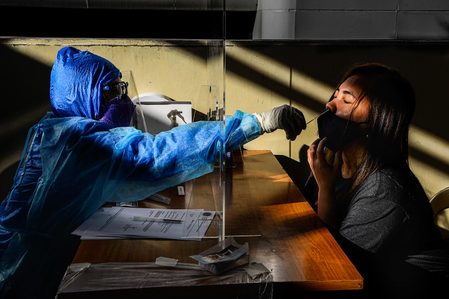
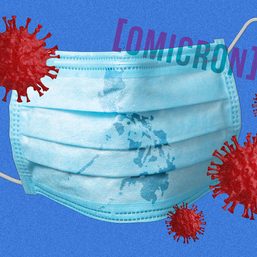
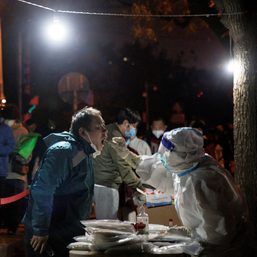
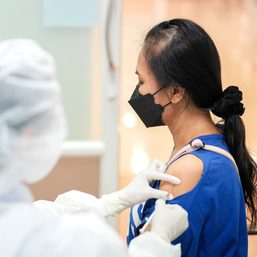
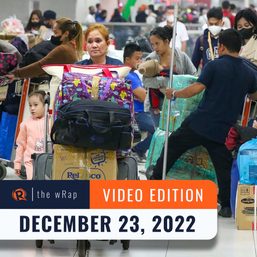
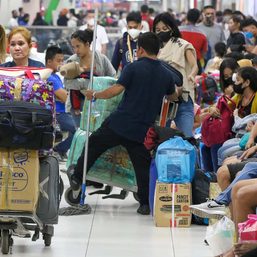
There are no comments yet. Add your comment to start the conversation.